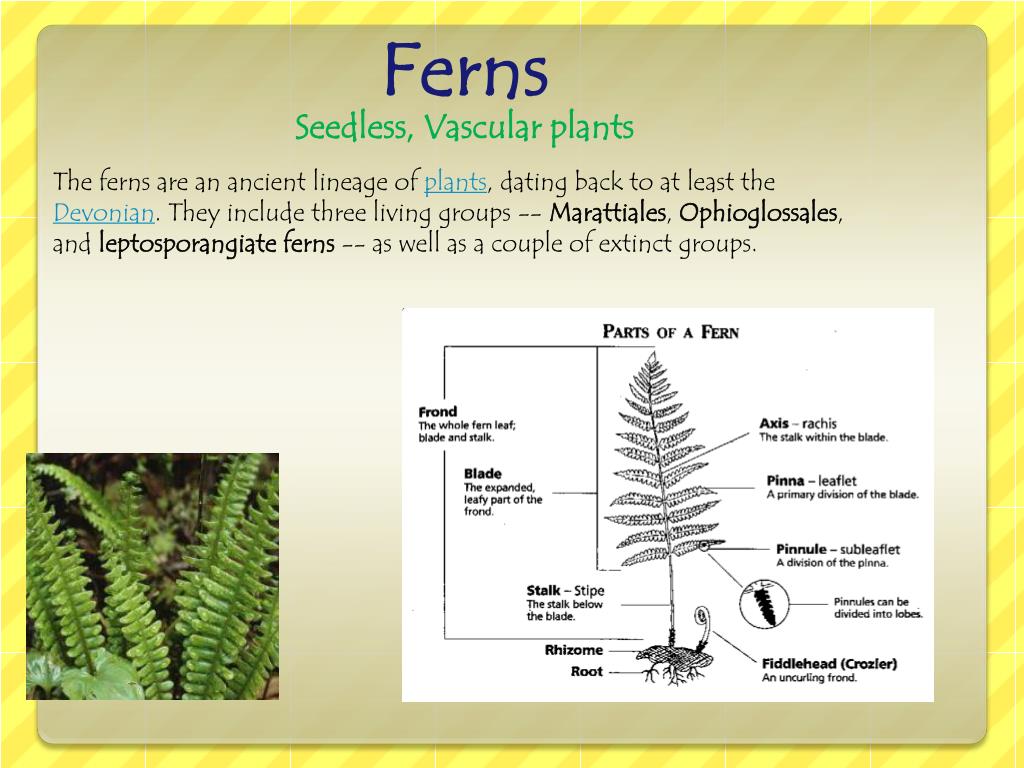Unlocking the Secret Language of Plants - A Fascinating Realm of Plant Communication

The Green Telegraphy
Imagine a world where plants can converse with each other, sharing secrets and coordinating actions. While it may sound like the realm of science fiction, recent discoveries have revealed that plants do indeed communicate with each other, and even with other species, in complex and fascinating ways.
The Discovery of Plant Communication
In the 1970s, scientists stumbled upon a peculiar phenomenon in the Great Plains of North America. They observed that when one sagebrush plant was attacked by insects, nearby plants would somehow sense the danger and adjust their chemical defenses accordingly. This curious observation led to a flurry of research, and the discovery of plant communication was born.
The Mechanisms of Plant Communication
Plants communicate through a variety of mechanisms, including:
- Chemical Signaling: Plants release chemical signals into the air or soil, conveying information about stress, disease, and insect attacks. These signals can be received by nearby plants, triggering a response.
- Electrical Signaling: Plants use electrical impulses to communicate within their own tissues and even with other plants. This process is similar to the way humans communicate through electrical signals in our nervous system.
- Mycorrhizal Networks: Fungi form symbiotic relationships with plant roots, creating vast networks that allow plants to share nutrients and information.
Examples of Plant Communication in Action
Some remarkable examples of plant communication include:
- When attacked by aphids, corn plants release chemical signals that attract wasps, which prey on the aphids.
- Trees in a forest coordinate their growth and development through electrical signals, creating a harmonious and efficient use of resources.
- Plants in a community can warn each other of impending drought, allowing them to adjust their water usage accordingly.
The Implications of Plant Communication
Unlocking the secrets of plant communication has far-reaching implications for:
- Agriculture: By understanding how plants communicate, we can develop more effective and sustainable farming practices, improving crop yields and reducing pesticide use.
- Ecology: Recognizing the complex relationships between plants and their environments can inform conservation efforts and habitat restoration.
- Medicine: The discovery of plant communication may lead to new insights into human communication and even the development of novel drugs.
Conclusion: The Green Telegraphy Unveiled
In conclusion, plant communication is a fascinating and complex phenomenon that challenges our traditional views of the natural world. As we continue to unravel the secrets of plant communication, we may uncover new ways to improve our relationship with the natural world and harness the power of the "green telegraphy."












Comments ()